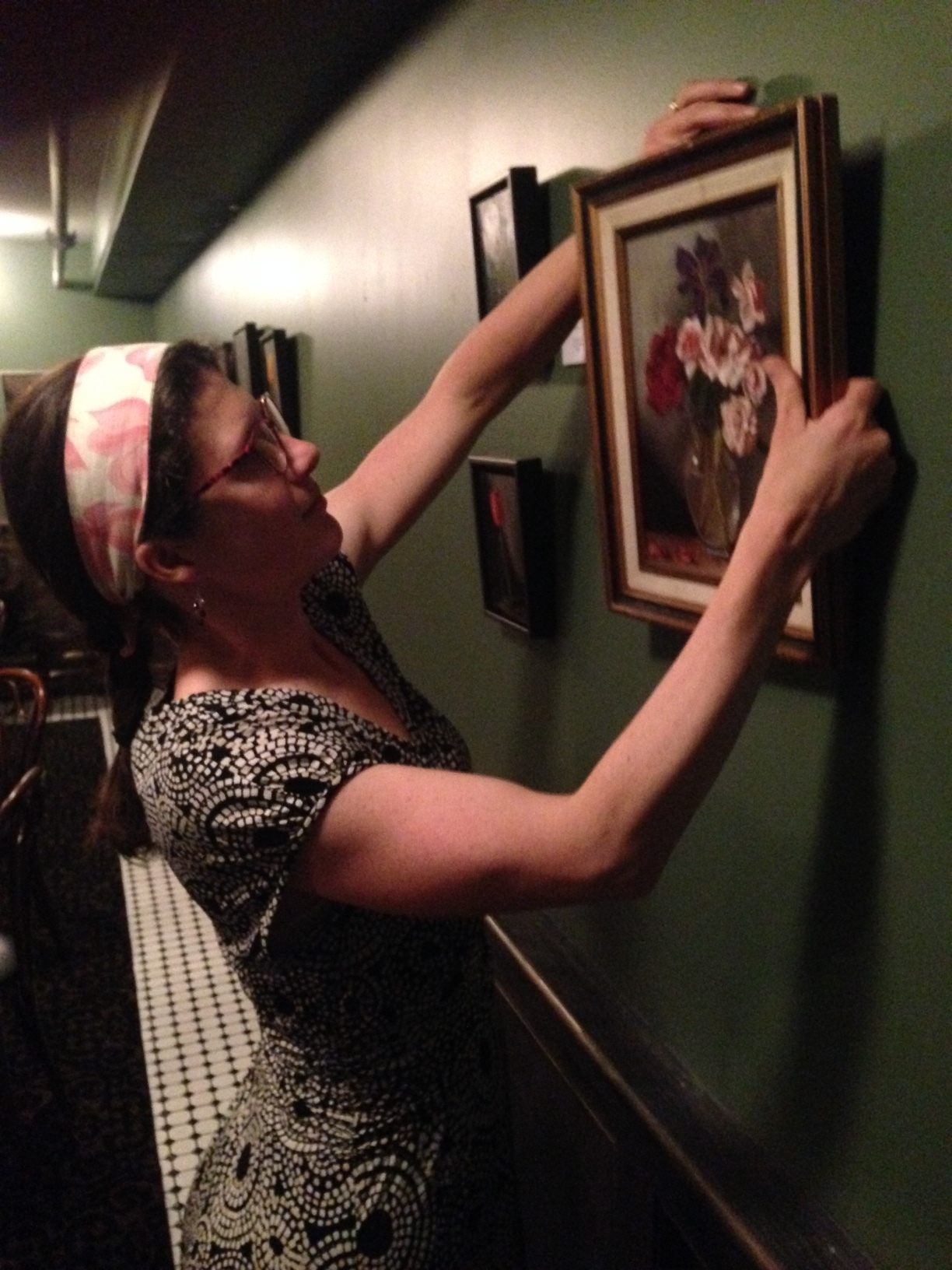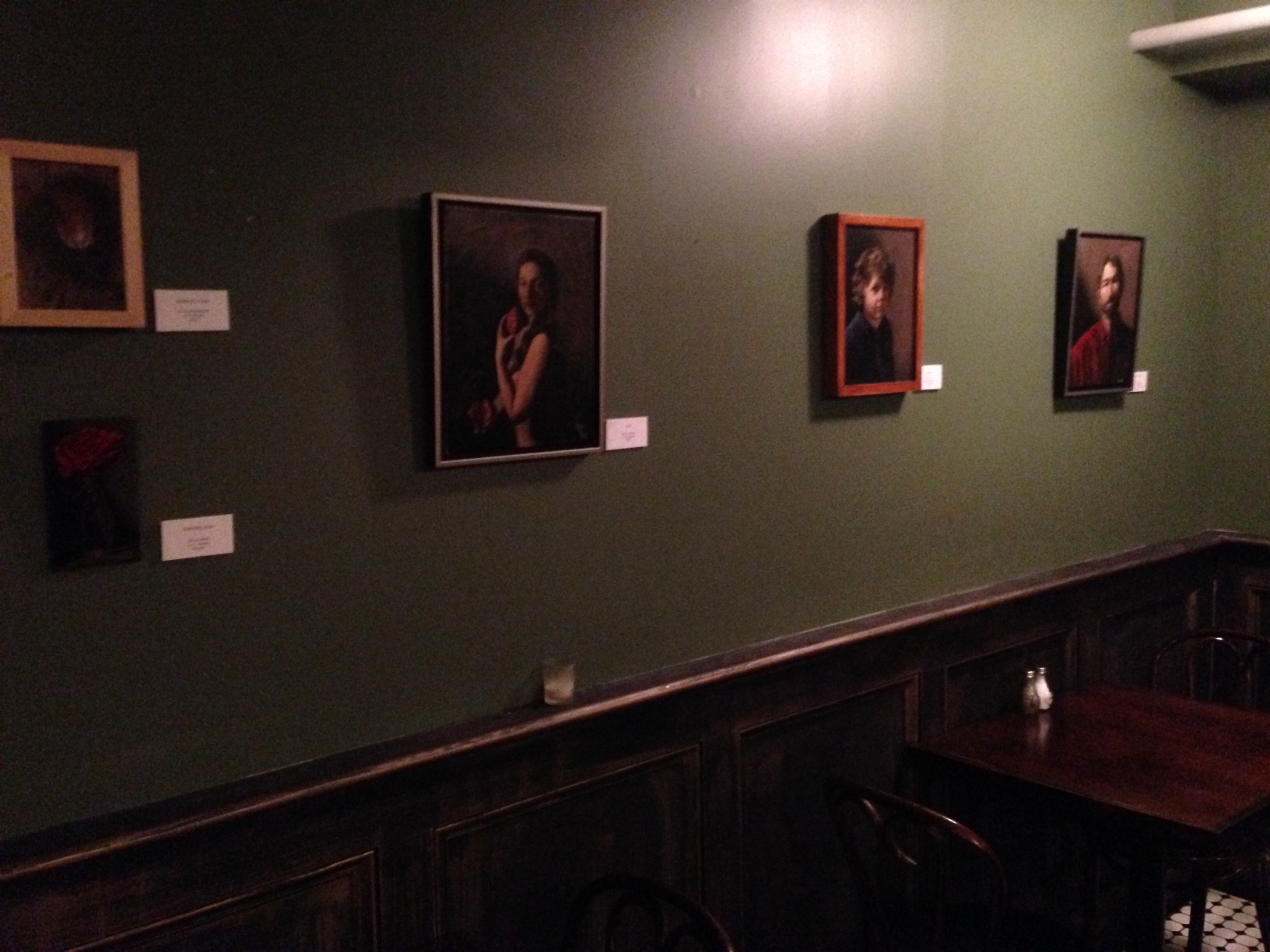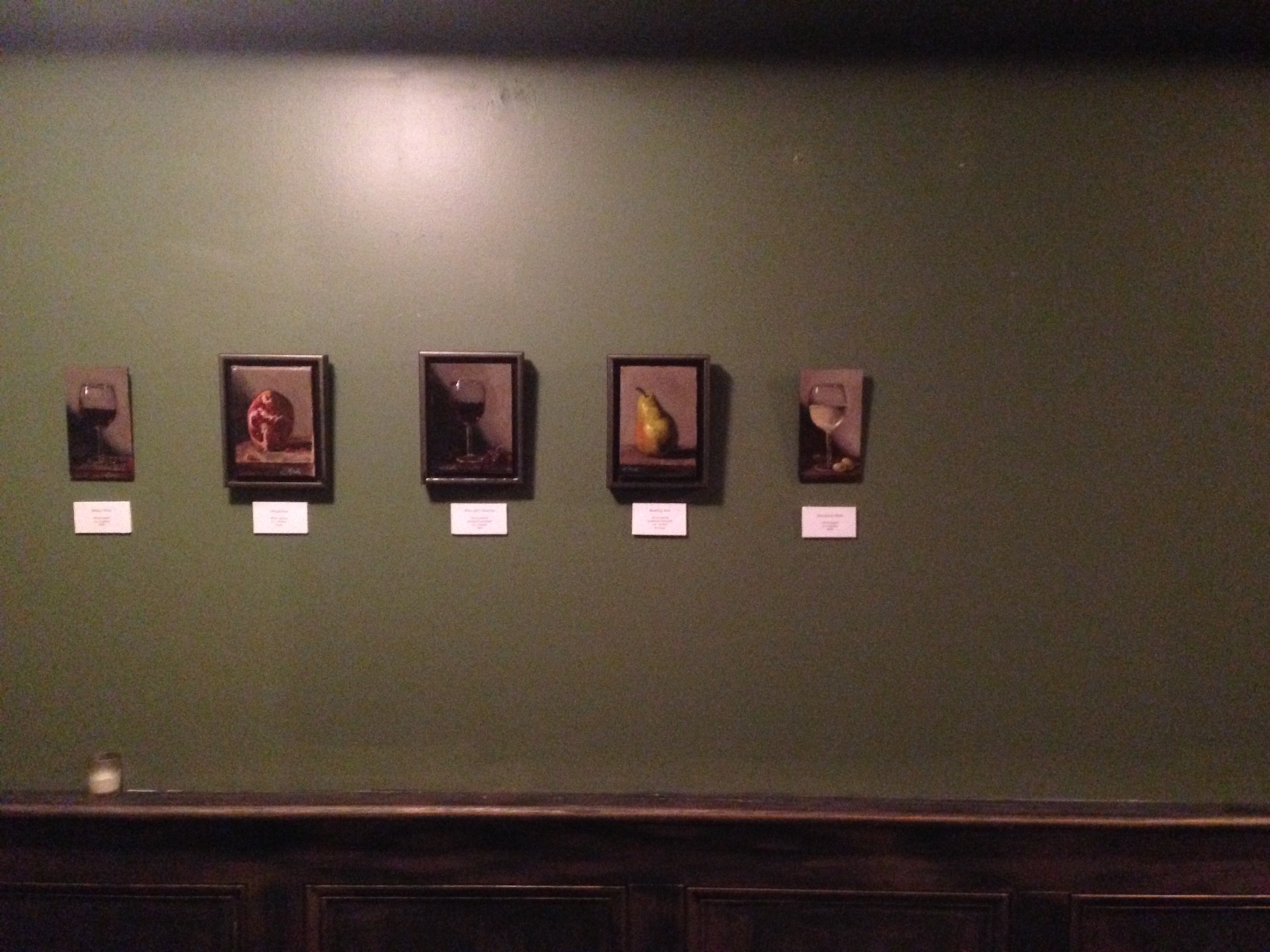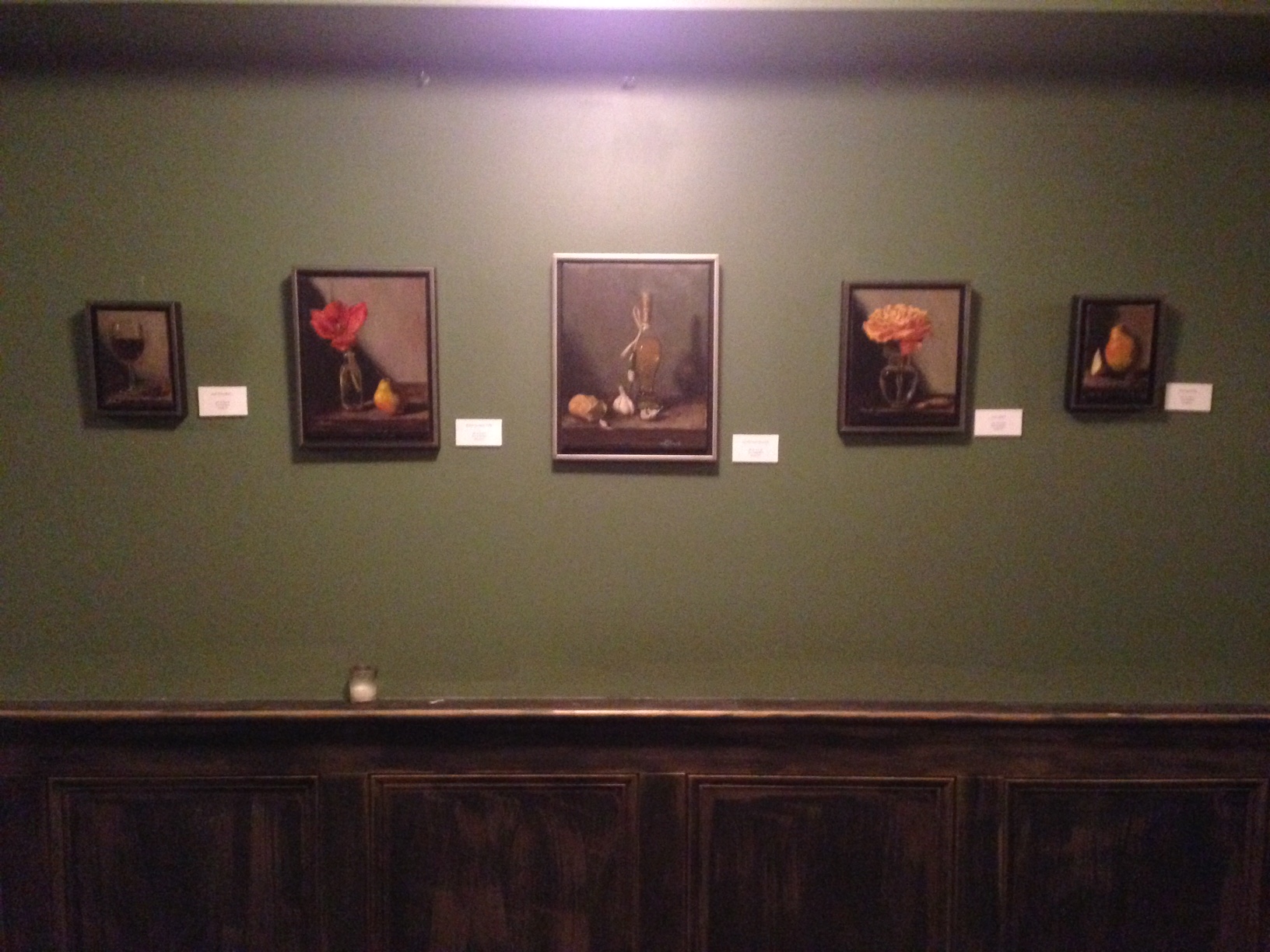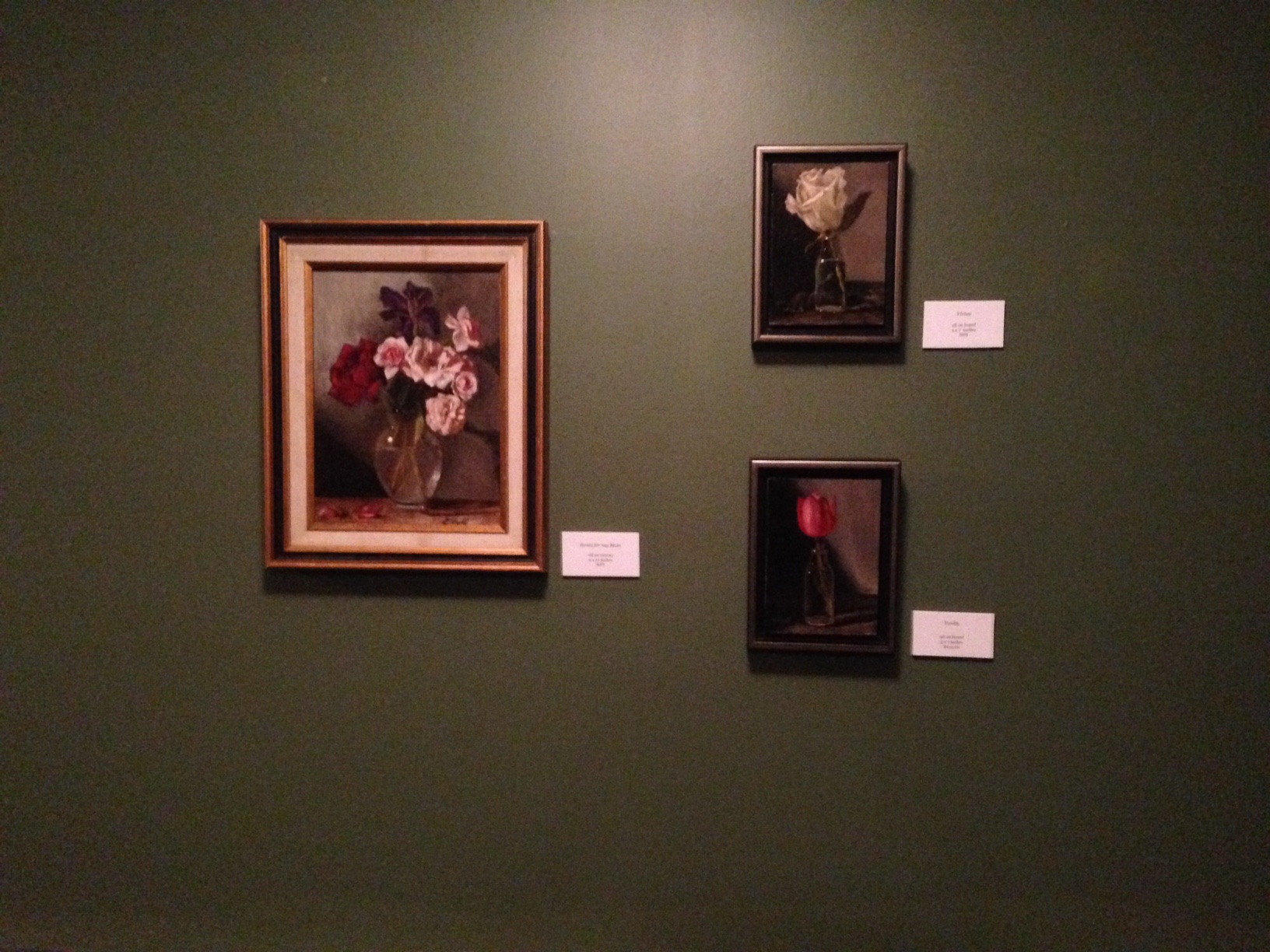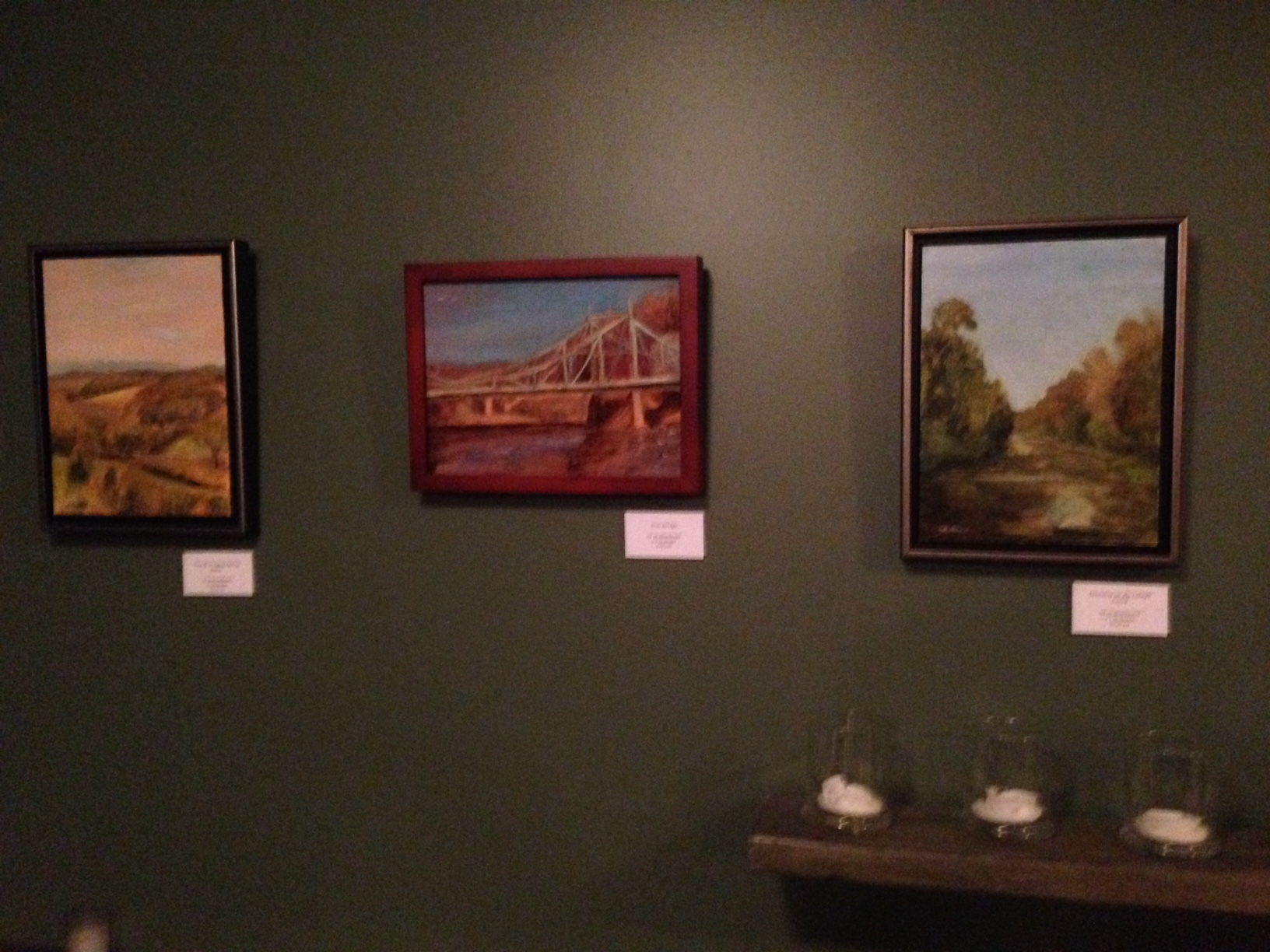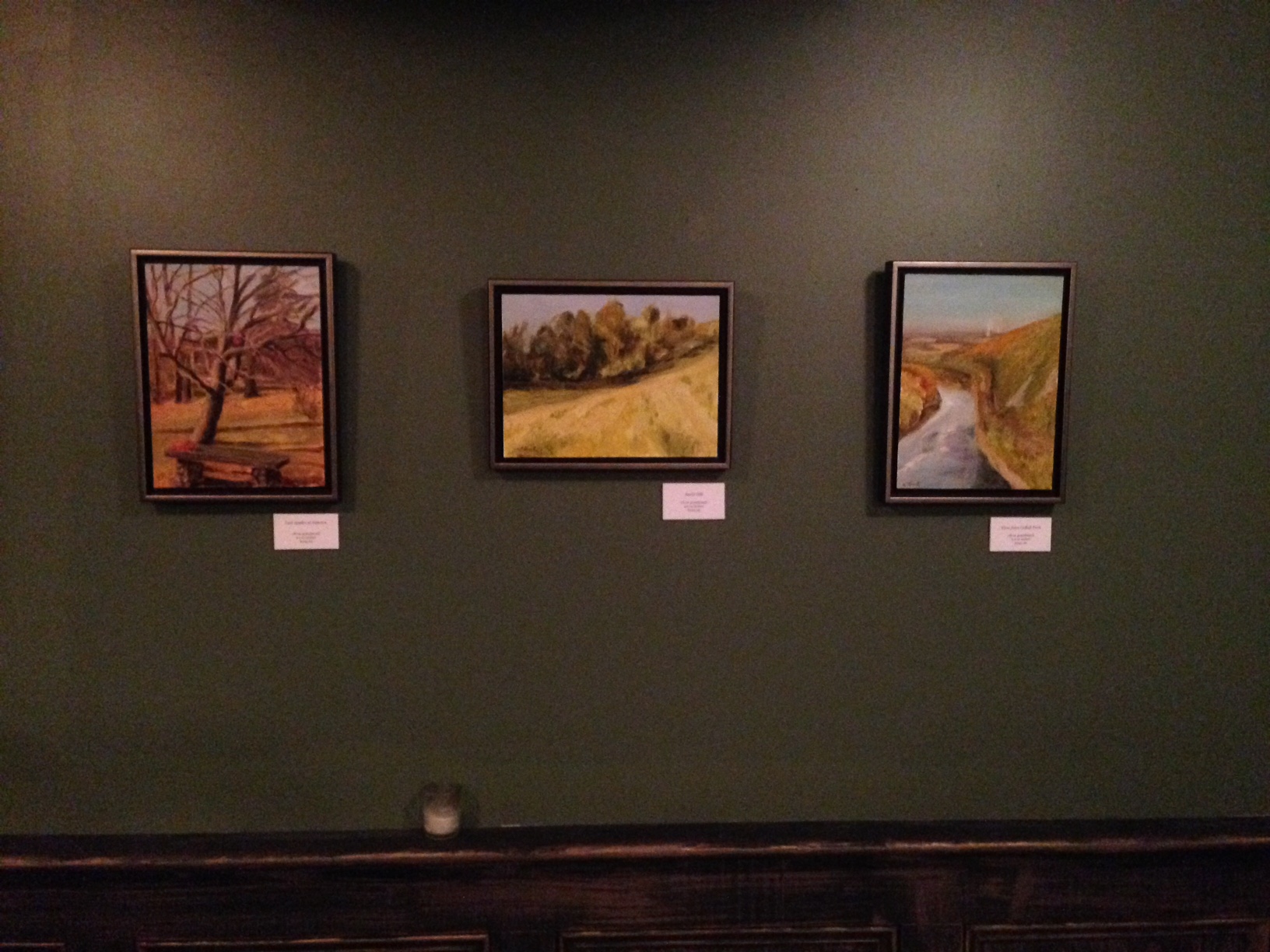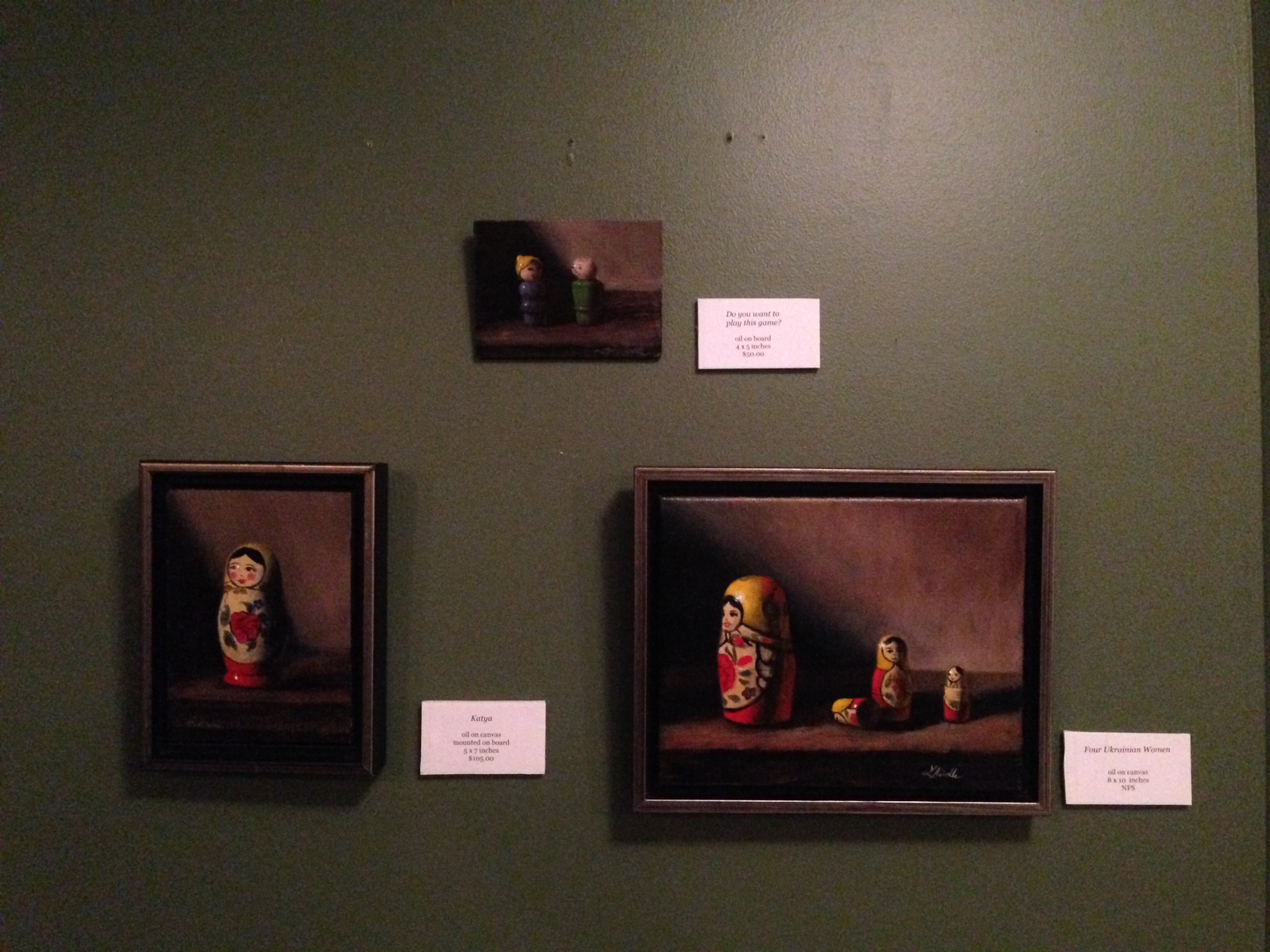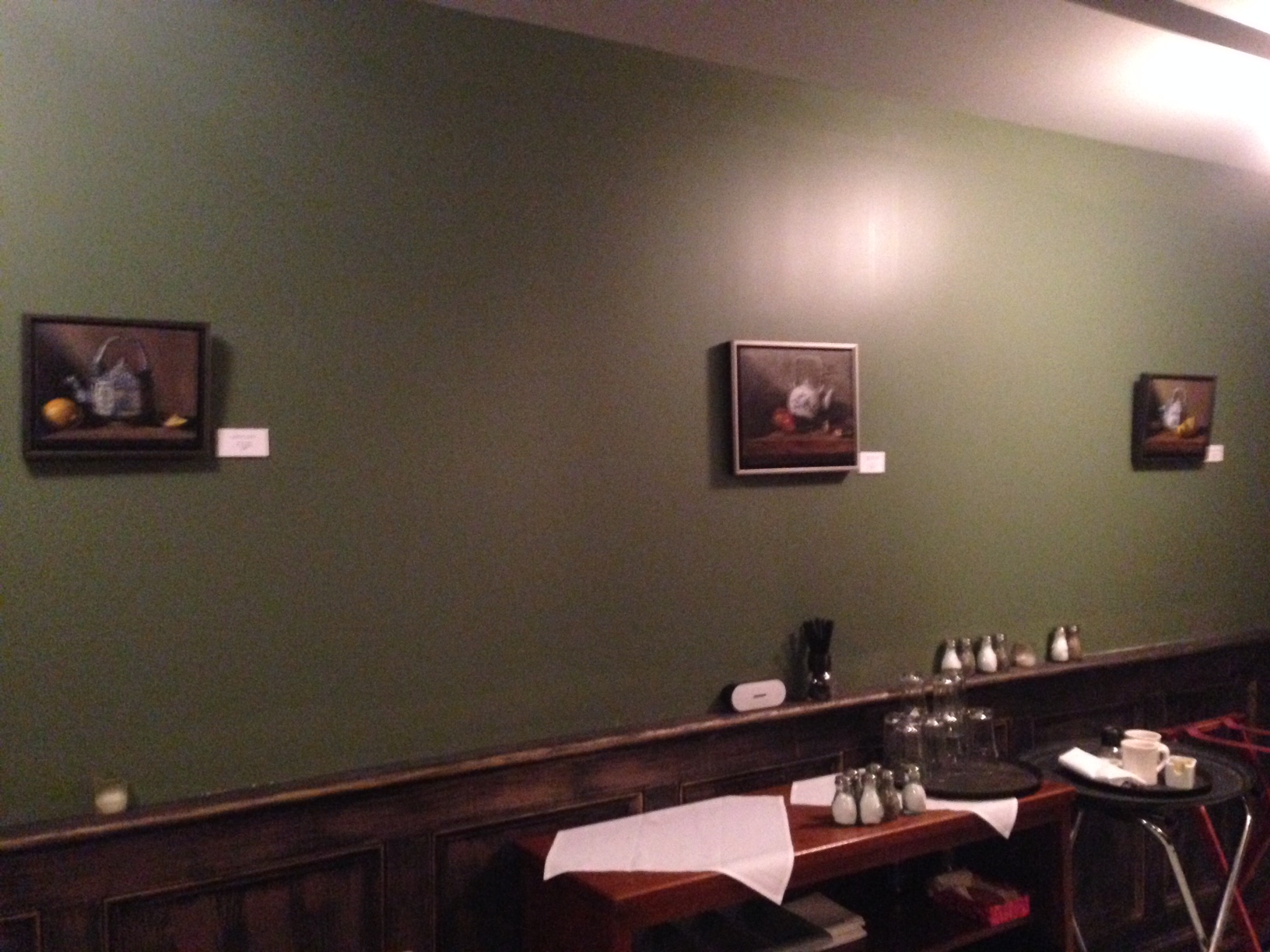"Her heart was made of liquid sunsets."
--Virginia Woolf
On Saturday evening, I had a date with the sunset. My friend Rachel picked me up at my house, and we drove north to the rolling farm hills of Bangor, Pennsylvania. We couldn't stop smiling, giddy with mutual anticipation. When we arrived at the quiet horse farm, the sun was still pretty high in the sky, saturating the vista with that golden, fading, achingly beautiful light.
Rachel and I enjoyed a leisurely picnic: fruit, hummus, bread and cheese from the Easton Public Market. We talked about the things that weighed upon our hearts: our hopes, our ideas, and our desires.
And slowly, the sky began to change.
I could easily imagine the sunset was a person, perhaps a lover, who had long been waiting for me to paint him.
I set up my French easel.
When I am painting, I feel like I am doing exactly what I am supposed to be doing. It's such a strong, powerful feeling, I'm not even sure how to express it. It's just this feeling of absolutely blooming, fully opening, like a flower planted in just the right spot, or a bird being allowed to fly at the perfect moment, or the sun setting, just at the right time, just the way it's meant to, in all its radiant glory, its billows of glorious colors...
"Sunset and a White Horse" oil on board, 5x7"
While I painted, Rachel was also working on an art project: "A Dance for Paper Dolls." This project is so fascinating, that I promise to devote a whole blog post to it soon. I'm so happy and grateful to have made this new friend, someone with whom I can share moments of creativity, delicious food, and trysts with sunsets.
Rachel, working on her dance for paper dolls. (She has a blog called 30 in PA which I love. She wrote about our sunset adventure in her recent post: Dance for I Want You to Hold My Baby.)
Once the sun started setting, the sky changed drastically, and rapidly, moment to moment. When I looked behind me, I saw this vision of magenta and violet.
When I looked in front of me, I saw such a blaze of glory, impossible to paint, and yet so irresistible. I could not imagine anything more wonderful! I didn't really care how my painting turned out. Just the experience of being here, and painting, and living in this sunset-moment, it was almost more blissful than I could bear.
Even as we drove home, the sunset just kept happening. We couldn't help pulling the car over to the side of the road to take more pictures. I'm sorry I'm not a better photographer, because the sky was just unbelievable!
Just when I thought it couldn't possibly be more majestic, the sky would completely astound me, unfolding into some new, divine form.
And finally, it was over, and all that remained was the familiar darkness of the night.
